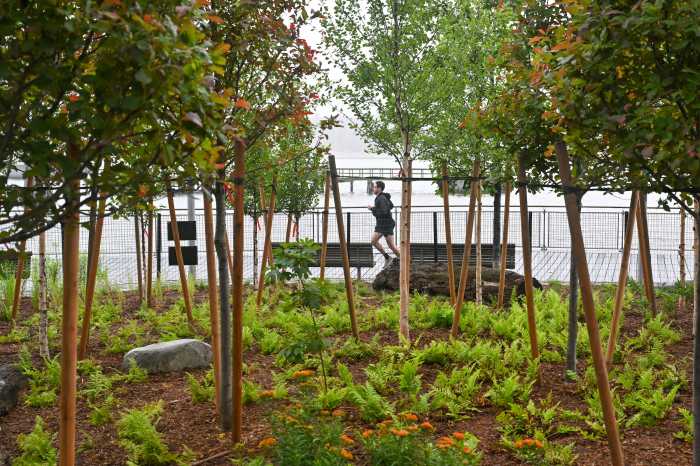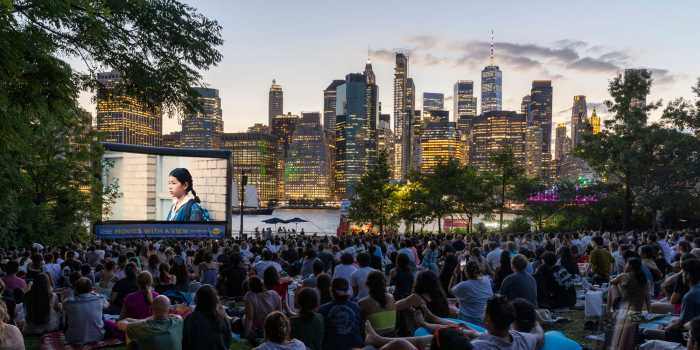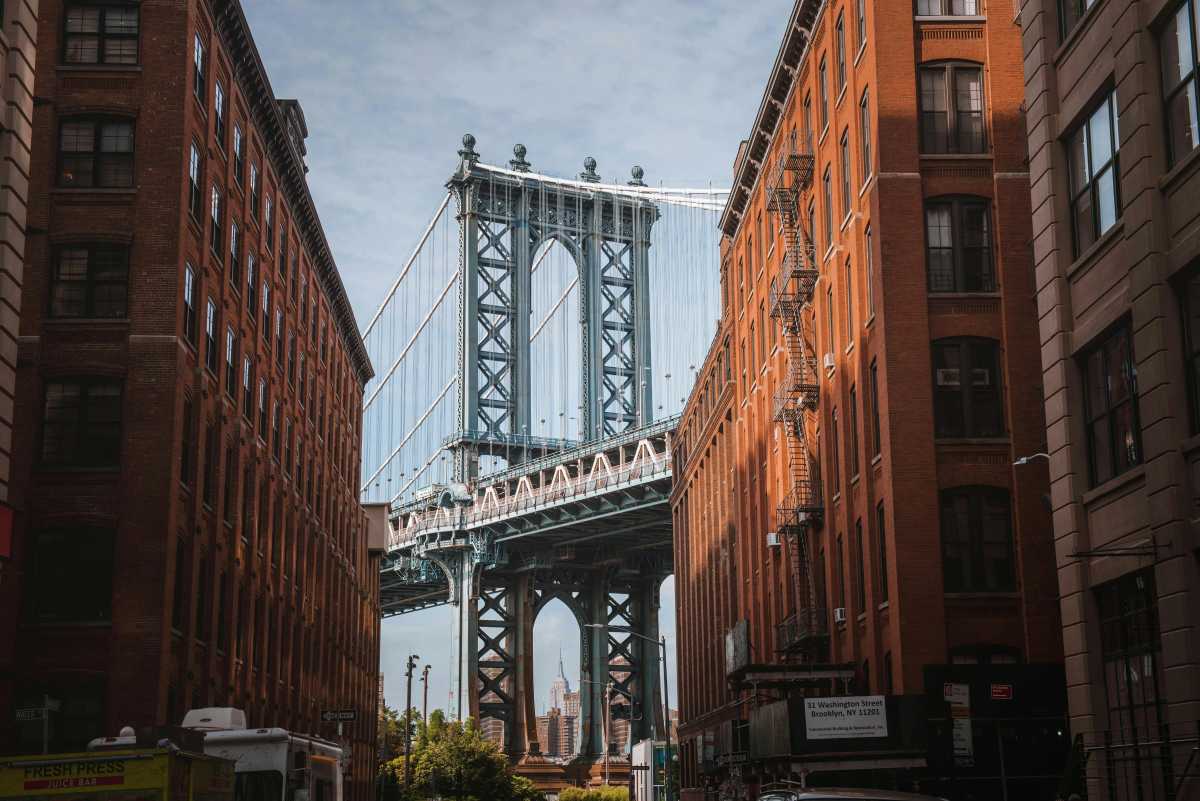Despite not being an official city landmark, the Austin, Nichols & Co. Warehouse at 184 Kent Ave. is a safe bet to be preserved in a way that pleases neighborhood preservationists.
Late last month, the building’s new owner donated a “deed of easement” for the façade of the building, built in 1915, which will soon be converted into a rental apartment building. This means the owners will turn over control of the façade to an independent preservation entity and receive the resulting tax credit for it as a charitable donation.
The new owners will also receive a federal historic preservation credit, meaning the Federal Government will pick up 20 percent of the rehab costs of a building that was placed on the National Registry of Historic Places earlier this year.
Although Austin, Nichols is perhaps best known for its Wild Turkey bourbon, the building’s original function was not as a distillery, but rather as a grocery warehouse, processing plant and wholesaler. From the time it opened through around 1930, the building received raw products from rail barges off the East River. It would then process these raw products into salable goods, selling them to local “mom and pop” stores. At one point, it was the largest grocery wholesaler in America.
Starting in the 1930s, the building was used for other types of warehousing. A couple decades ago, the old industrial building was converted into residential lofts like so many others in Williamsburg.
In addition to its history, the five-story, block-square-sized building is also architecturally significant. It was designed by Cass Gilbert, the architect of the Woolworth Building. Constructed quickly in six to eight months, it is considered a precursor to the Brooklyn Army Terminal Complex in Sunset Park.
“The building is very simple, but it’s not just ‘a box.’ It has battered [or inwardly sloping] walls] that cant in you go up, and terminate at a coved cornice,” said Ward Dennis of the Waterfront Preservation Alliance of Greenpoint and Williamsburg, which has fought to preserve the building since 2004, when the building’s old owner proposed a residential conversion of the building preservationists thought would obliterate its history.
To Dennis and other preservationists, the latest developments represent a victory, albeit not the one they envisioned when the Landmarks Preservation Commission recommended making the building a landmark in 2005 in response to complaints about the conversion.
But in defiance of the LPC recommendation, the City Council voted against landmarking the building in 2005 at the behest of local Councilman David Yassky. Mayor Michael Bloomberg, in what was seen by some as a curious move at the time, vetoed the Council’s vote, but the Council overrode Bloomberg’s veto.
The approach taken by the building’s new ownership has changed things, however, with the building’s historical significance is being seen as a financial asset to the developer rather than a burden.
To conform to residential building code, the building’s developers are carving out a 60,000 square-foot courtyard. An event space for artists, and other alternations like a riverside walkway — part of the promenade that will soon run along the entire North Brooklyn waterfront.
“The owner is restoring the building, doing a nice job with it, and not doing any inappropriate additions,” said Dennis.
“We have said all along that it is a city landmark, and it deserves to be. But at this point, we’re glad that it’s being used responsibly.”
























